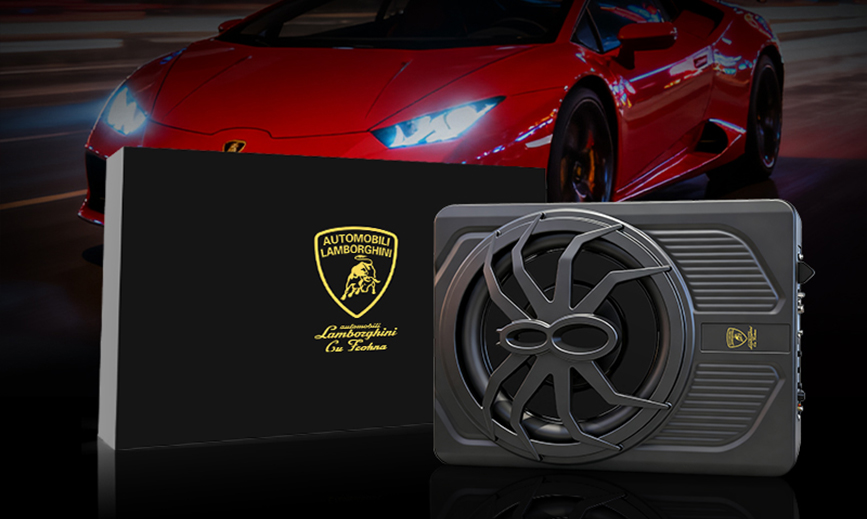A Complete Guide to Proper Dash Cam Installation & Setup
A dash cam is only as reliable as its installation. Correct positioning, secure mounting, discreet wiring, and proper configuration are all essential to ensure it functions when you need it most. Whether you're a daily commuter or a road-trip enthusiast, taking the time to set up your dash cam correctly will pay off in clarity and reliability.
1. Optimal Positioning & Mounting
The ideal location for your dash cam is on the windshield, behind the rearview mirror. This placement ensures an unobstructed view of the road without blocking your driving vision.
When it comes to mounting, you generally have two choices:
-
Suction Cup Mounts: Easy to install and reposition. However, they may fall off in extreme heat or cold.
-
Adhesive Mounts: Offer a permanent and vibration-free hold. Once set, they are very secure but difficult to reposition.
Pro Tip: Clean the windshield thoroughly with isopropyl alcohol before mounting to ensure maximum adhesion.
2. Discreet & Safe Cable Management
Visible wires are distracting and can interfere with driving. For a clean look, tuck the power cable into the headliner, run it down the A-pillar, and route it under the dashboard to the power source. Use cable clips if necessary to keep it securely hidden.
3. Choosing Your Power Source
How you power your dash cam affects its functionality:
-
Cigarette Lighter Socket: This is the easiest plug-and-play method. It's convenient but occupies your vehicle's 12V socket.
-
Hardwiring to the Fuse Box: A more advanced, permanent solution. It requires a hardwiring kit but enables parking mode, allowing the camera to record incidents even when the engine is off.
4. Essential Settings for Optimal Performance
Once installed, configure these key settings:
-
Resolution: Set to 1080p Full HD or higher for clear, detailed video evidence.
-
Loop Recording: Enable this feature to automatically overwrite old footage when the memory card is full. Set recording intervals to 3-5 minutes for manageable file sizes.
-
G-Sensor (Impact Sensor): Adjust the sensitivity to a medium level. This will automatically lock and save footage during a collision, preventing it from being overwritten.
5. Ongoing Maintenance
Your dash cam requires minimal but regular upkeep:
-
Memory Card: Use a High-Endurance card designed for continuous read/write cycles. Format it within the dash cam every few months to maintain performance.
-
Lens Cleaning: Gently wipe the lens with a microfiber cloth every couple of weeks to remove dust and fingerprints.
-
Firmware Updates: Check the manufacturer's website periodically for firmware updates to ensure you have the latest features and stability improvements.
A correctly installed and well-configured dash cam is a powerful guardian on the road. It provides irrefutable evidence in case of accidents and adds a layer of security to your vehicle. By following this guide, you can ensure your device is always ready to capture the truth.





